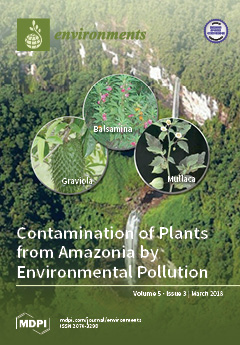The correlation between exposure to traffic noise and students’ performance and annoyance has been investigated in literature mainly considering the relationship between indoor equivalent A-weighted sound pressure level (L
Aeq) and students’ cognitive impairment. Annoyance is frequently related to the effect of
[...] Read more.
The correlation between exposure to traffic noise and students’ performance and annoyance has been investigated in literature mainly considering the relationship between indoor equivalent A-weighted sound pressure level (L
Aeq) and students’ cognitive impairment. Annoyance is frequently related to the effect of short-duration noise events characterized by high sound pressure levels, such as those due to aircraft fly-over and pass-by of buses, heavy trucks, motorcycles, or street sweepers. These noise events are often described, over specific measurement periods, in terms of maximum A-weighted sound pressure level, L
Amax, or statistical levels, such as L
A1 or L
A10. This aspect is not considered in the noise maps drawn in accordance with the European Environmental Noise Directive, as they provide the L
Aeq only, determined over day, evening, and night periods. In this paper, students’ exposure to road traffic noise is analyzed by means of regression equations obtained by the authors between L
Aeq and A-weighted maximum and statistical levels due to road traffic noise. The traffic noise of 28 urban streets was monitored during the opening period of Italian schools. A method is described to estimate students’ exposure to noise from data made available on noise maps by the municipalities of metropolitan areas. The application of this method to the case study of Florence shows that almost 60% of students from municipal primary and lower secondary schools could be exposed to the maximum sound pressure level (SPL) inside the classroom greater than 55 dB(A) every hour, probably exceeding the typical background noise in classrooms by more than 10 dB.
Full article





